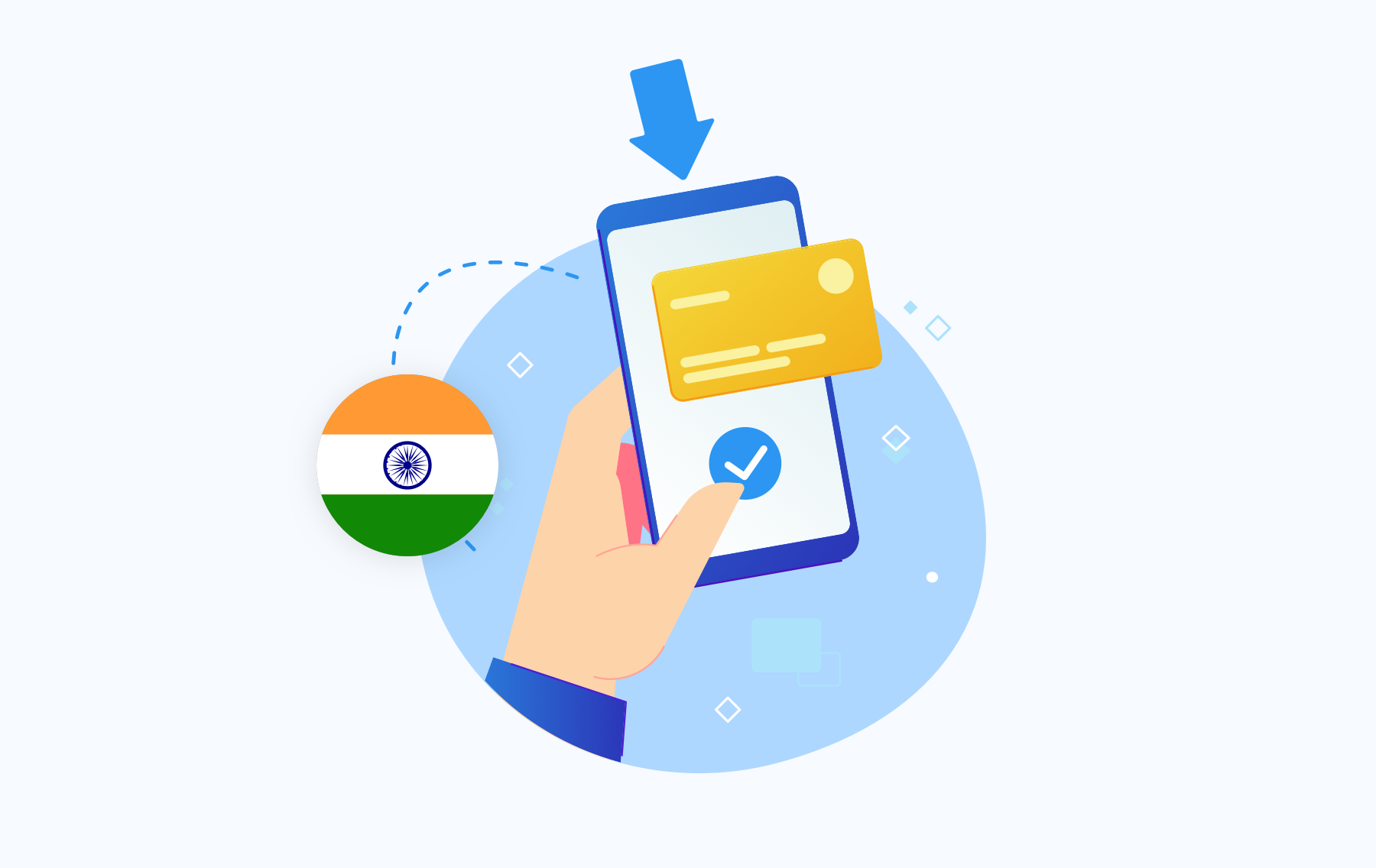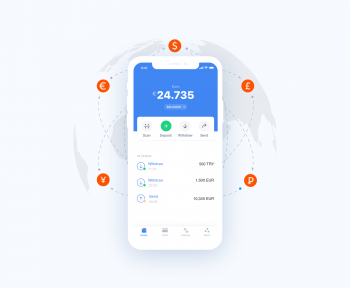“India is the cradle of the human race, the birthplace of human speech, the mother of history, the grandmother of legend and the great-grandmother of tradition.” says Mark Twain, the father of American literature.
India, Bhārat in Hindi, is the second-most populous country after China and the seventh-largest country by area. Broadening from the Indian Ocean on the south to China, Nepal, and Bhutan on the north, it is not surprising that India became the birthplace of four major religions; Hinduism, Buddhism, Jainism and Sikhism. With its glorious cultures, a multitude of languages, colorful norms and 38 UNESCO World Heritage Sites including Taj Mahal, the country catches impeccability in diversity.
Tremendous civilizations were established on these benign subcontinent spanning more than 4,500 years whereas the same lands attracted imperialist powers’ attention and led to tremendous sorrows which are still visible today. When Elizabeth I granted the East India Company by offering precious gifts in the beginning of the 1600s, Mughal India was one of the biggest traders around the globe. The game changed by years and the British Government slowly seized control of modern India, Pakistan, and Bangladesh. British Raj (as it was known historically) was carried on until the revolutionary ideology of Satyagraha (non-violence) by Mahatma (meaning “great-souled” Sanskrit) Gandhi. The Indian Rebellion finally ended after 350 years of acrid and suffocating dominance in August, 1947.
Economy of India Today
The International Monetary Fund (IMF) classifies the Indian economy as the third-largest by purchasing power parity (PPP) and the sixth-largest by market exchange rates. Major industries in India include textiles, chemicals, pharmaceuticals, biotechnology, telecommunications, transport equipment, cement, mining, petroleum, machinery, steel, and software. Importing crude oil, machinery, gems, fertilizer, and chemicals and exporting petroleum products, textile goods, jewelry, software, engineering goods, chemicals, and manufactured leather goods, the Indian economy is supported by more than half billion Indian labor force. Therefore, it is pretty accurate to define India as one of the world’s fastest-growing economies.
What are the Online Payment Methods in India?
Inherently, such energetic money flow pops up question marks in investors’ heads about how to receive international payments in India. Accepting the fact that businesses need to adopt regional payment options in India to take a foothold in this ocean of masses is a prerequisite of diffusing into the market. Here we have listed paths to accept foreign payments for entrepreneurship.
- UPI (Unified Payments Interface): This is a state-funded project containing more than 140 banks and almost all digital wallets in India creating a secure and fast passage of money via quick trails. UPI 2.0 recorded a rapid growth of more than 1000% which is 11-fold of what it was at ground zero. Thus, there is no need to look further to receive payments in India.
- Credit and Debit Cards: Considering the immense growth of online shopping and the devastating effects of Covid-19, despite the fact that it has been a more conventional method over the years somehow failing to penetrate the Indian market sufficiently enough credit and debit cards enabled Indian customers to operate international transactions.
- Bank Transfers: Despite its pricey and time consuming process, bank transfers via mobile banking is still one of the options to send and receive foreign payment in India. It is likely to come across with Netbanking, IMPS instant transfer network of IMPS, NEFT and RTGS In Indian payments. At this point, our readers must pay extra attention to India’s official currency , Indian Rupee’s (₹) current exchange rate, so as not to be negatively affected during overseas transactions.
- Digital Wallets: According to the latest statistics among investors from the United Kingdom and Europe Union, e-wallets are accepted as the best way to receive international payments in India. Actually, considering the practicality, speed and security of electronic wallets, the rapid growth of usage does not surprise any of us. Indian people rely on Paytm as the go-to ewallet method more than Google Pay, Amazon Pay, Airtel Money and Phone Pe.
All in all, Bhārat has maintained to be spotlighted by merchants, traders and any kind of entrepreneurs for thousands of years. This incredible subcontinent promises generosity to those who achieve to see its high potential and bright future.
As Jeton Wallet, we have been serving hassle-free international money transfers to our clients for years. Offering innovative and tailor-made next-gen solutions for both individuals and businesses, Jeton cooperates with local payments and places domestic fiat currencies including Indian Rupee. Moreover, thanks to the JetonCash vouchers, you can form international payments from/to India without leaving a personal or financial trace behind. Join the Jeton community today and step into the future of digitization!



